First Impressions
When I first saw photos of Patagonia, I was completely stunned! The spectacular natural scenery is truly nature's artwork! The Torres peaks rise into the clouds like a giant's crown; the Moreno Glacier stretches endlessly, gleaming enchantingly in the sunlight; and those ice-blue lakes are as pure as untouched gems. This place is nature's palette, with every view taking your breath away. Local guides tell me that many visitors can't help but exclaim "This is too beautiful!" when they first arrive.
The ecosystem here is also incredibly rich, with various wildlife living freely in this pristine land. You might see pumas strolling casually, condors circling overhead, and adorable guanacos grazing in the grasslands. Most delightfully, during dawn or dusk, you can witness the romantic sight of flamingos dancing by the lakeside.
Best Time to Visit
Talking about the best time to visit Patagonia is quite a science! The weather here is like a capricious child, changing unpredictably. During my last visit, it went from bright sunshine in the morning to rain at noon, and then surprisingly snow by evening! Based on my personal experience, the Southern Hemisphere summer (December to February) is absolutely the golden period for hiking.
The summer temperature in Patagonia is moderate, averaging between 15-20°C, perfect for outdoor activities. But don't be fooled by the word "summer" - it's not the stuffy heat we might imagine. Even at its warmest, the temperature is comfortable and never oppressive. However, the westerly winds can be quite fierce, sometimes reaching 100 kilometers per hour, making walking difficult. It's advisable to carry a windproof jacket for unexpected needs.
Spring and autumn (September-November and March-May) are also good choices. There are fewer tourists during these seasons, and accommodation prices are lower. During these seasons, you can enjoy the beauty of spring flowers or autumn's colorful foliage. Autumn is especially beautiful, when all of Patagonia dons a golden coat, creating an intoxicating sight.
Winter (June-August) in Patagonia, though cold, has its unique charm. Snow-covered peaks, frozen lakes, and clear winter sunlight create a unique winter wonderland. However, hiking is more challenging during this season, and many trails might be closed due to snow accumulation. Winter trips are recommended only for experienced hikers.
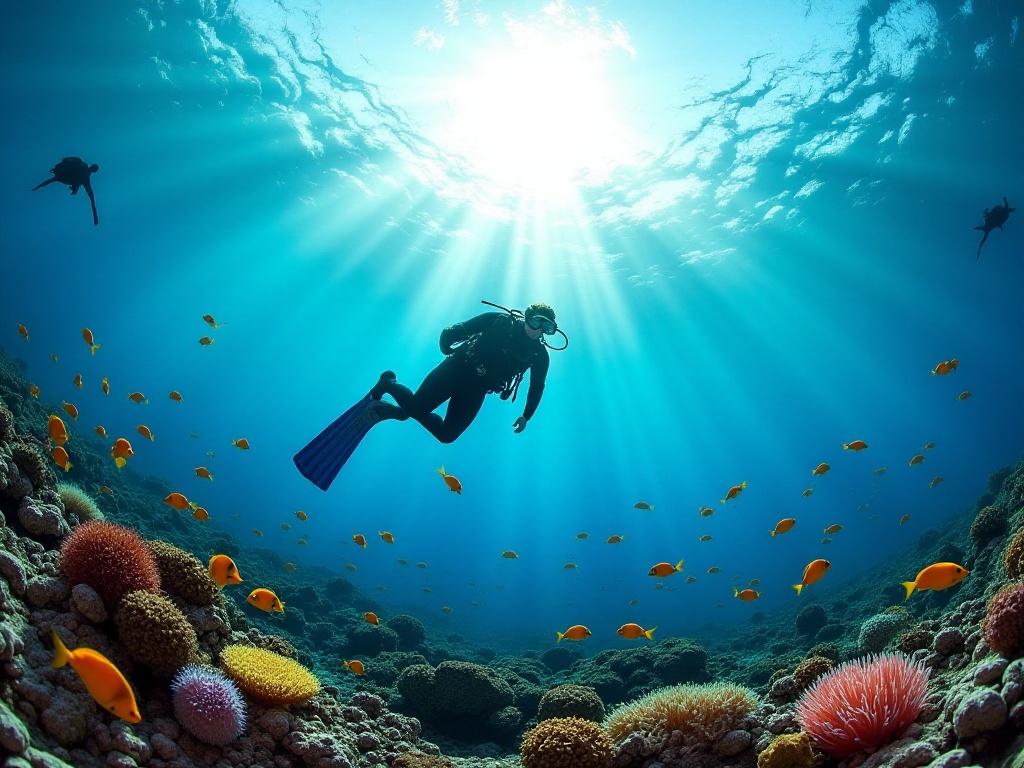
Preparation
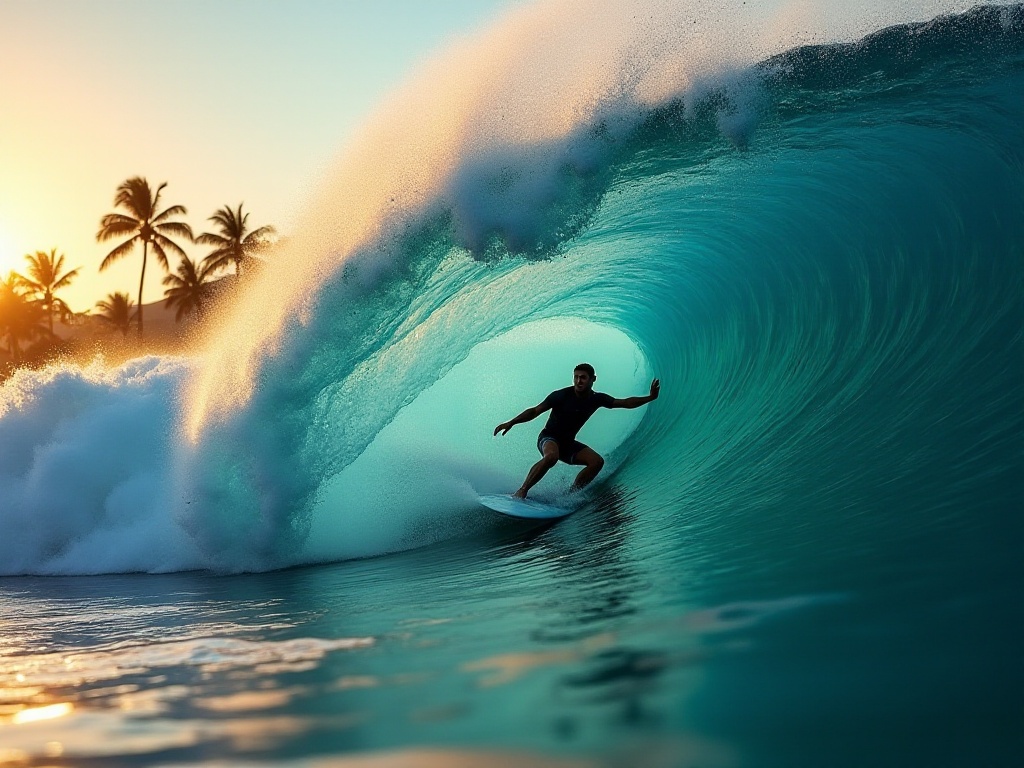
Equipment List
As someone who has roughed it in Patagonia, I must seriously tell you: equipment preparation cannot be taken lightly! This isn't just ordinary travel, but a true outdoor adventure.
First, let's talk about clothing. A waterproof and windproof jacket is crucial, preferably made with high-tech materials like Gore-Tex. Yes, these jackets aren't cheap, easily costing around two thousand, but trust me, you'll be grateful for this choice when facing Patagonia's changeable weather. On my first trip, I wore just a regular windbreaker and got completely soaked in a downpour - thinking back on how bedraggled I looked still makes me embarrassed.
Warmth layers are equally important. Consider Merino wool underwear as a base layer and fleece clothing as a middle layer. This combination helps maintain body temperature in cold environments while preventing discomfort from exercise-induced sweating. A special reminder: prepare two sets of underwear so you can alternate - wash the day's set at night and have a clean set for the next day.
Hiking boot selection is also key. Choose professional waterproof boots with good support, preferably ones you've already broken in. New boots can cause blisters during long hikes, turning a wonderful hiking experience into painful torture. I recommend high-top hiking boots for good ankle protection. Don't forget several pairs of professional hiking socks - they're crucial for preventing blisters.
For backpacks, choose a professional 45-65 liter mountaineering pack. The pack must have a rain cover and preferably an adjustable carrying system. Remember to adjust the pack beforehand so it fits your back perfectly. The equipment list should also include: trekking poles (very useful on steep terrain), headlamps (in case of darkness), first aid kit, sunscreen (preferably SPF 50+), sunglasses, hats, etc.
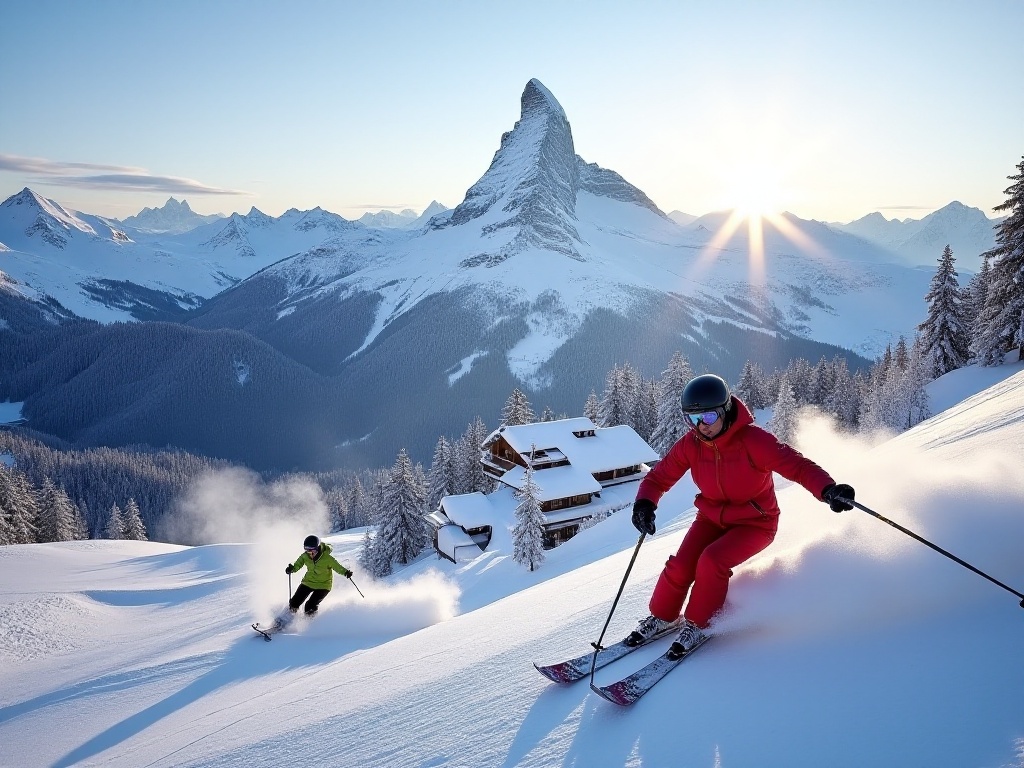
Physical Training
To be honest, hiking in Patagonia is quite intense. If you don't exercise regularly, it's best to start training two to three months in advance. I was unprepared and ended up exhausted like a dog on the first day of hiking.
It's recommended to do at least three hours of cardio training weekly, each session lasting at least an hour. Start with simple park walks and gradually increase difficulty and duration. If you live in a city with mountains, weekend hiking is the best practical training. Additionally, strength training is essential, especially core and lower body strength, which is particularly important for loaded hiking.
My training schedule was: strength training at the gym Tuesday and Thursday evenings, focusing on basic movements like squats and deadlifts; running or fast walking Wednesday and Friday, gradually increasing distance; weekend hiking in nearby mountains with equipment for practical training. After consistent training, you'll notice a clear improvement in your physical fitness.
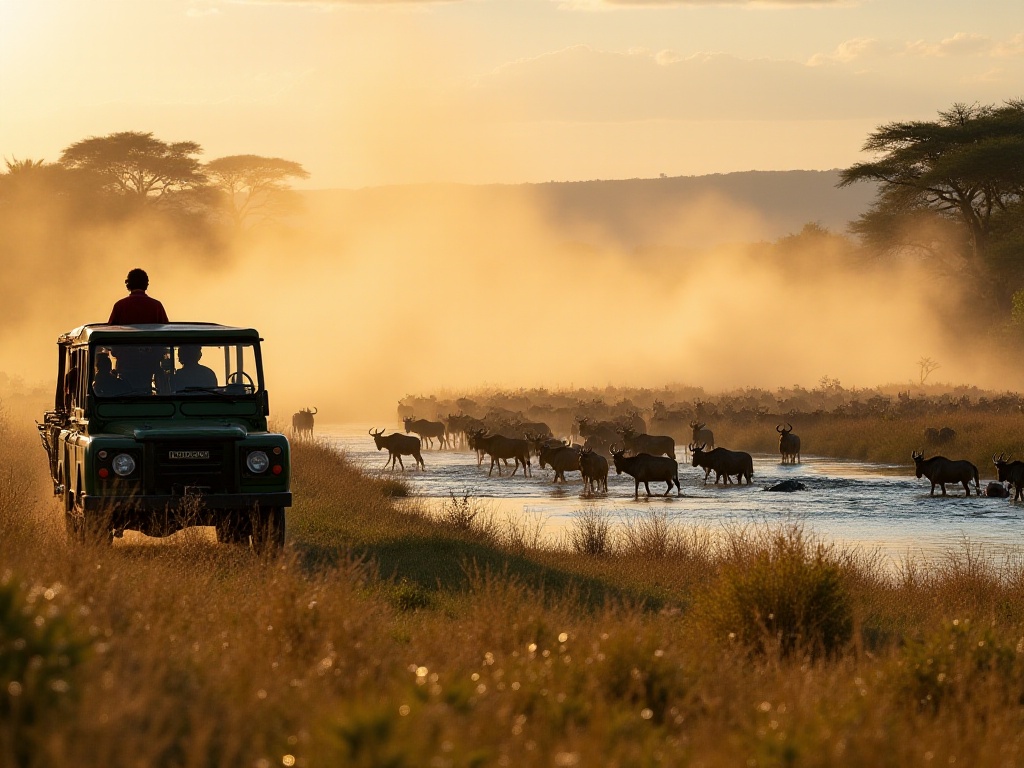
Selected Routes
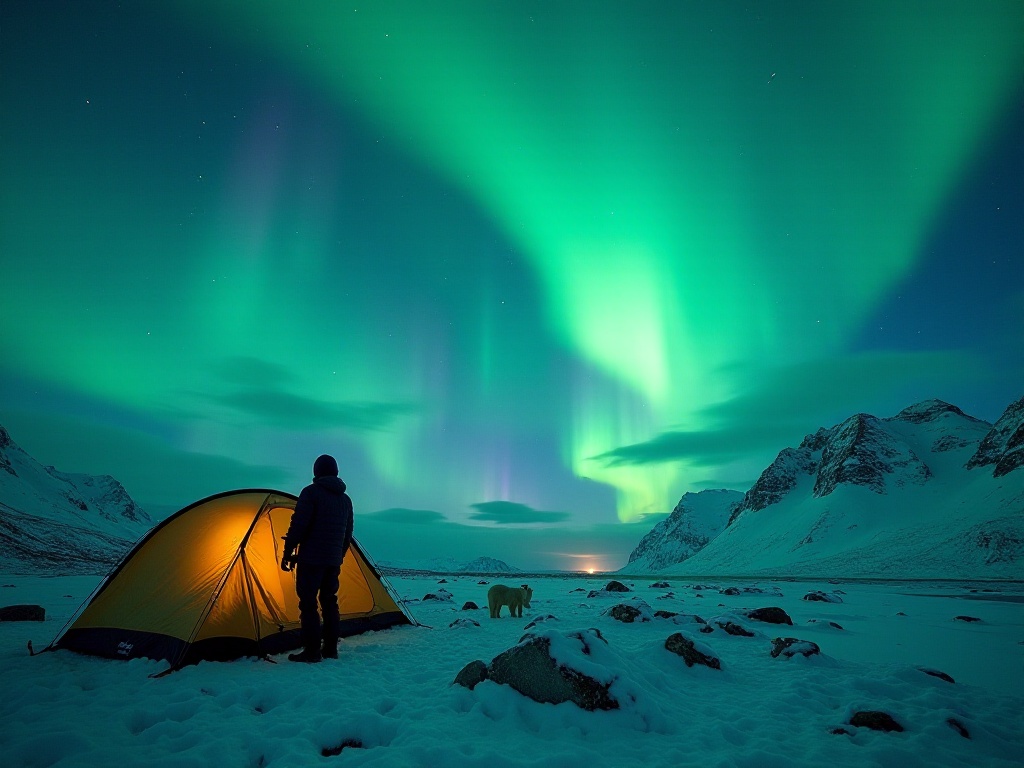
W Trek
The W Trek is absolutely Patagonia's most classic hiking route, dubbed the "Hiker's Paradise." The route is called the W Trek because its shape looks like a "W" on the map. The full course is about 80 kilometers, typically taking 4-5 days to complete, but trust me, every step is worth it!
The first day's journey usually starts from the Torres del Paine National Park entrance, heading straight for the famous Torres peaks. This segment takes about 8 hours, passing through dense forests and clear streams before reaching the glacial lake beneath the Torres peaks. When you see the spectacular sight of three giant granite peaks rising from the lake, all fatigue vanishes.
The second day's destination is the French Valley. This day's hiking is relatively easy, but the scenery is no less impressive. You'll see various wildlife along the way, and if you're lucky, you might even encounter a puma! When you reach the French Valley, you'll be stunned by the view: massive hanging glaciers glisten in the sunlight, and you can occasionally hear the thunderous sound of glaciers cracking - it's absolutely spectacular!
The third and fourth days take you through the Grey Glacier area. The terrain here varies greatly, sometimes requiring progress over scree, sometimes crossing streams, but the views along the way are unforgettable. Especially in the early morning, when the first rays of sunlight hit the glacier, the entire glacier shimmers with dreamlike radiance.
The last day is usually the return journey, but don't think it ends there. On the return trip, you can still admire the magnificent Patagonian plains, and you might even see herds of wild guanacos. According to recent statistics, over 150,000 tourists chose the W Trek last year, with 80% concentrated in the summer season. So if you plan to come during peak season, make sure to book accommodation in advance.
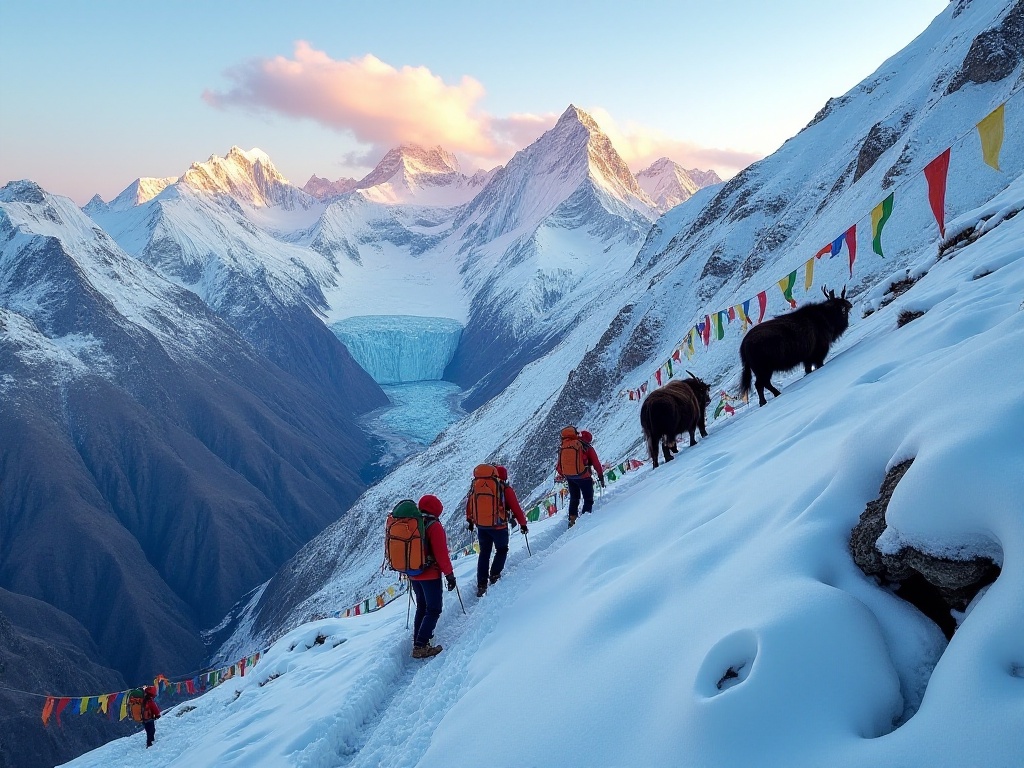
Moreno Glacier Trek
When talking about Patagonia, one can't ignore the world's most spectacular Moreno Glacier. This behemoth covers 250 square kilometers and is as tall as a 60-story skyscraper! Most amazingly, it's one of the few glaciers in the world that's still "growing."
Glacier hiking is an especially thrilling experience. Under professional guide leadership, you'll don crampons and explore this blue glacier. The glacier surface isn't smooth but filled with various crevasses and ice caves. Some ice caves are bottomless, looking like tunnels to the earth's core. The naturally formed ice caves are particularly incredible, with their walls displaying various shades of blue.
The most unforgettable sight is the glacier calving. Almost every few hours, you'll hear a thunderous "boom," then see huge ice blocks break off from the glacier's face, crashing into Lake Argentina and creating waves several meters high. This display of natural power really makes you feel how small you are.
Last year's data shows that glacier hiking participants reached 80,000. Although that's a lot of people, the glacier's vast size means it never feels crowded. However, during peak season, it's recommended to book a hiking group at least one month in advance, or you might not get a spot.
Accommodation Experience
Eco Camps
If you're looking for a unique accommodation experience, EcoCamp Patagonia is absolutely the best choice! The dome tents here are inspired by local indigenous traditional dwellings, both eco-friendly and super comfortable.
Each dome tent is equipped with comfortable beds and warm bedding, and some luxury tents even have private bathrooms and heating. But the most delightful feature is the transparent dome at the top of the tent, allowing you to admire the brilliant Southern Hemisphere stars while lying in bed. I remember one night, lying in bed watching the countless stars, I even saw the Southern Cross constellation - it was absolutely magical!
The camp's common areas are also thoughtfully designed, with restaurants serving delicious local specialties and a yoga room to help you relax your tired body. Best of all, they use solar and wind power for electricity, and all building materials are sustainable, so you don't have to worry about negative environmental impact.
However, be warned that this unique accommodation experience isn't cheap, with prices ranging from $200 to $500 per night. And with a 98% occupancy rate during peak season, it's recommended to book 3-6 months in advance if you want to experience it.
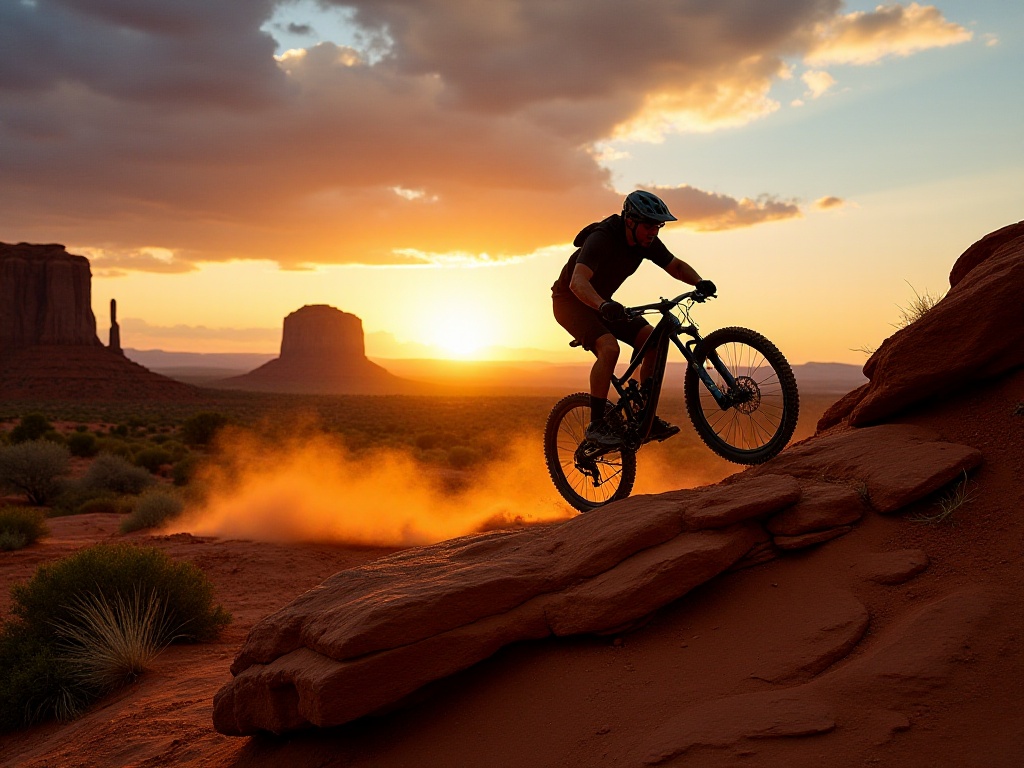
Mountain Refugios
If you're on a budget, the mountain refugios along the way are excellent choices. While these lodges are simple, they definitely meet hikers' basic needs. Most importantly, after a cold day of hiking, being able to take a hot shower and eat a hot meal - that kind of happiness is priceless!
The refugios typically offer dormitory-style rooms and a limited number of double rooms, with prices ranging from $30 to $80. While the facilities can't compare to luxury hotels, the atmosphere is special. In the evening, hikers from around the world gather to share their day's experiences and exchange hiking tips, making it easy to meet like-minded friends.
Worth special mention is that some refugios have fantastic locations, built right next to scenic spots. For example, the Grey Refugio is located next to Grey Glacier - you can see the massive glacier right from your window in the morning, which is truly impressive. However, these well-located refugios are often hard to book, so it's recommended to reserve two to three months in advance.

Practical Tips
I have so much practical advice to share! First, booking is really important. While Patagonia's tourist facilities are constantly improving, they're still insufficient during peak season. According to national park data, last year's peak season hiking permits were typically booked out within 24 hours of release. So, make sure to do your homework and book both accommodation and hiking permits in advance.
Cash is also crucial. Although credit card use is becoming more widespread, many small shops and refugios in Patagonia still only accept cash. Plus, ATMs are scarce in the area, and some often run out of money. I recommend getting cash ready when you arrive in major cities, preferably in small denominations, as many places might not be able to make change.
Communication needs to be considered in advance. Mobile phone coverage in Patagonia isn't ideal, and many hiking trails have no signal. Consider downloading offline maps, purchasing a portable GPS device, or hiring a guide. Also, bringing a power bank is important as taking photos and videos in the wild drains batteries quickly.
Regarding food, if you're staying in refugios, you can usually book packages that include breakfast. For lunch, consider bringing energy bars, chocolate, nuts, and similar foods. Dinner can be had at the refugios, though it's usually expensive. If you want to save money, you can bring instant noodles or canned food - refugios generally provide hot water and basic kitchen facilities.
Safety cannot be ignored. Although Patagonia's hiking trails are well-established, accidents can happen anytime. Consider purchasing travel insurance that covers outdoor activities, which can reimburse potential medical and rescue expenses. During hiking, strictly follow guide instructions, don't leave the group independently, and don't take risks for photos.
Environmental Awareness
Speaking of environmental protection, this is an especially important topic. Patagonia's ecosystem is very fragile and can be irreversibly damaged if we're not careful. As responsible travelers, we must always remember the principle of "take only memories, leave only footprints."
In recent years, with increasing visitor numbers, local waste management pressure has grown. Some irresponsible tourists carelessly discard trash, which not only affects the scenery but also endangers wildlife. Therefore, it's essential to take all your garbage with you, including biodegradable waste.
Vegetation protection is also important. Many Patagonian plants grow very slowly, and once damaged, might take decades to recover. So while hiking, stick to established trails, don't take shortcuts or trample vegetation for photos.
Maintain appropriate distance from wildlife. Although the animals here appear docile, they are still wild. Don't feed them or chase them for photos, as this can alter their natural behaviors. If you want to take photos, use a telephoto lens and maintain a safe distance.
Finally, choosing eco-friendly accommodation and travel methods is another way to protect the environment. For example, staying in eco-camps and joining small group hikes can minimize environmental impact.
Patagonia is truly an unforgettable place, with not only magnificent natural scenery but also unique cultural features. If you're interested, feel free to share your thoughts in the comments. Next time, I'll introduce another hiking paradise: Nepal's Himalayan Mountains, where the scenery is equally captivating!


